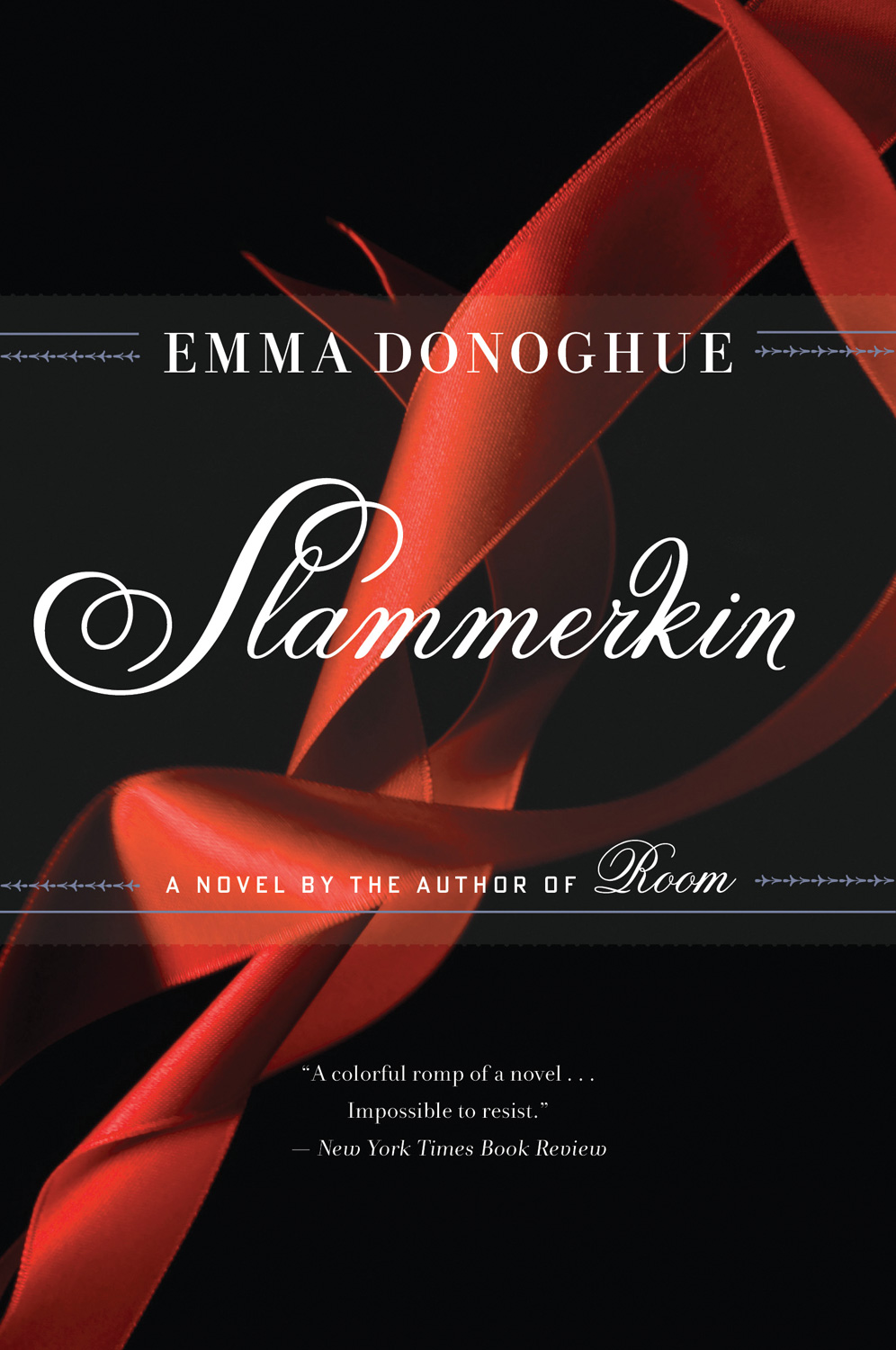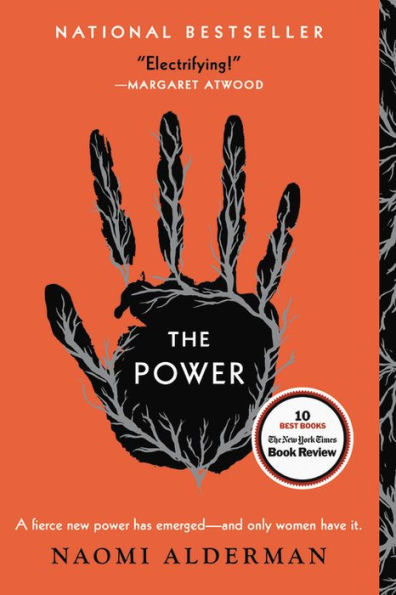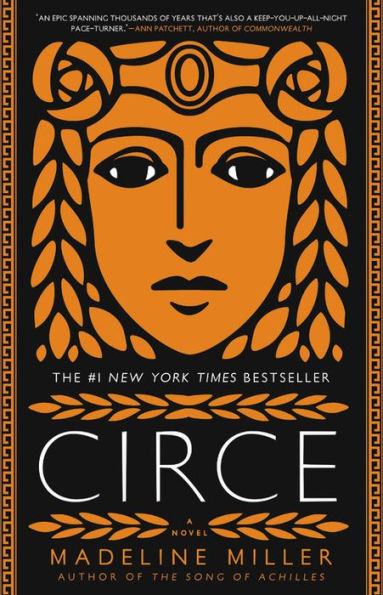Was it Dostoyevsky? Tolstoy? Most likely it was John Gardner who declared all storytelling comes down to just two narratives: a man goes on a journey and a stranger comes to town. But I’ve always thought there must be a third: a woman breaks the rules. Red Riding Hood may venture into the woods, but it’s going off-trail morally that’s at the heart of her story. It’s also at the heart of my debut novel, Sin Eater. As a sin eater, heroine May Owens is condemned to bear her community’s sins in a reimagined Elizabethan England, but when she’s ensnared in a deadly royal plot, May breaks the rules by transforming society’s curse into an unexpected source of power. Here are seven other amazing books about rule-breaking women.

Women Who Break the Rules: 7 Reads With Daring Female Characters
Set during the English civil wars, TIDELANDS follows midwife Alinor as she struggles to obey the exigent demands on women’s behavior. But what begins as a fairly standard moral dilemma becomes more complicated as other characters break rules as well. I love stories in which the line between heroine and villain blurs, and I especially enjoyed this story’s unexpected finish.
This New York Times bestseller from “one of the great storytellers of our time” (San Francisco Book Review) turns from the glamour of the royal courts to tell the story of an ordinary woman, Alinor, living in a dangerous time for a woman to be different.
On Midsummer’s Eve, Alinor waits in the church graveyard, hoping to encounter the ghost of her missing husband and thus confirm his death. Until she can, she is neither maiden nor wife nor widow, living in a perilous limbo. Instead she meets James, a young man on the run. She shows him the secret ways across the treacherous marshy landscape of the Tidelands, not knowing she is leading a spy and an enemy into her life.
England is in the grip of a bloody civil war that reaches into the most remote parts of the kingdom. Alinor’s suspicious neighbors are watching each other for any sign that someone might be disloyal to the new parliament, and Alinor’s ambition and determination mark her as a woman who doesn’t follow the rules. They have always whispered about the sinister power of Alinor’s beauty, but the secrets they don’t know about her and James are far more damning. This is the time of witch-mania, and if the villagers discover the truth, they could take matters into their own hands.
“This is Gregory par excellence” (Kirkus Reviews). “Fans of Gregory’s works and of historicals in general will delight in this page-turning tale” (Library Journal, starred review) that is “superb… A searing portrait of a woman that resonates across the ages” (People).
MENTIONED IN:
In Morrison’s brilliant work, a woman goes on a journey and a stranger comes to town, but it’s the woman who breaks the rules and who gives the story its power. Re-reading BELOVED, I find myself crying every dozen pages (on the subway, where I do much of my reading) from either the beautiful prose or the devastating story. In this book, one woman’s morally transgressive act condemns an entire nation’s ethical failure. Euripides should be jealous.
Staring unflinchingly into the abyss of slavery, this spellbinding novel transforms history into a story as powerful as Exodus and as intimate as a lullaby. Filled with bitter poetry, Beloved is a towering achievement.
MENTIONED IN:
Mary Saunders strays into the woods in this deliciously dark novel inspired by an eighteenth- century murder. While Mary’s first step “off-track” is unplanned, her next ones are decidedly not. SLAMMERKIN begins as a story about survival, then deepens into a tale about a woman’s freedom to make choices—good choices, bad choices, and dangerous choices. SLAMMERKIN is a favorite of mine because the extraordinary Donoghue doesn’t judge her complicated heroine but allows her to exist beyond the binary of good or bad.
In LADY CHATTERLEY’S LOVER, the married Connie breaks the rules not only by committing adultery but by doing so with a man of a different social class. This is a rare story for its time in that Connie isn’t horribly punished for her transgression. I’ve always loved this book because, defying the precedents of MADAME BOVARY and ANNA KARENINA, it ends on an optimistic note.
From banned to best seller!
When first published privately in Italy, in 1928, Lady Chatterly’s Lover was too risqué for readers and was considered unprintable. It wasn’t until three decades later, in 1960, that the novel could be printed openly in the United Kingdom. Much debate has gone into what constitutes erotic literature; but whether the novel was about a scandalous affair or a quest for purity, or about the class system and social conflict, one needs to read it for oneself to find the message that lies within.
* This chic and inexpensive edition comes with a heat-burnished cover, foil stamping, luxurious endpapers, and a smaller trim size that’s easy to hold.
* Lady Chatterly’s Lover is a hallmark of sensual literary prose.
Lady Chatterly’s Lover will surely pique the interest and curiosity of the most discerning of readers.
About the Word Cloud Classics series:
Classic works of literature with a clean, modern aesthetic! Perfect for both old and new literature fans, the Word Cloud Classics series from Canterbury Classics provides a chic and inexpensive introduction to timeless tales. With a higher production value, including heat burnished covers and foil stamping, these eye-catching, easy-to-hold editions are the perfect gift for students and fans of literature everywhere.
It’s Mother Nature who breaks the rules in Alderman’s novel, in which female physiology evolves, reversing physical dominance between the sexes. As power corrupts its new wielders, Alderman holds up a mirror to our cultural and biological assumptions. THE POWER is a call for both women and men to break the rules of gender inequality.
MENTIONED IN:
THE SCARLET LETTER is a classic tale of transgression, but what has always fascinated me is how Hester Prynne’s punishment also confers on her certain freedoms: Relegated to the periphery of society, she finds herself outside many of the strictures on women’s behavior. As Hawthorne describes, her scarlet letter is a “passport” that allows her to live outside cultural conventions of her time.
Let’s be honest: 90 percent of the time, Nathaniel Hawthorne’s most-read work is taught in high schools as a not-so-covert sex-ed assignment. Hester Prynne, a woman in seventeenth-century Puritan Boston, has an affair with a town official, conceives a child, and is shunned by the entire community, forced to wear a red “A” on her clothes. Themes of sin, guilt, hypocrisy, and judgment are so heavily taught that the quality of the writing itself is often overlooked. Reading it again for that element alone is well worth your while.
CIRCE retells the life of the titular immortal, who breaks divine law and is exiled to a remote island (where she famously turns passing sailors into swine). While the divines of Greek mythology have always been markedly human in their passions and foibles, Miller’s first-person narrative heightens Circe’s humanity by offering a compelling psychology behind her exploits. I particularly delighted in the parade of familiar villains (the Minotaur, Medea, Scylla) who traverse Circe’s life.
MENTIONED IN:
SIN EATER is available now!
For the crime of stealing bread, fourteen-year-old May receives a life sentence: she must become a Sin Eater—a shunned woman, brutally marked, whose fate is to hear the final confessions of the dying, eat ritual foods symbolizing their sins as a funeral rite, and thereby shoulder their transgressions to grant their souls access to heaven. Orphaned and friendless, apprenticed to an older Sin Eater who cannot speak to her, May must make her way in a dangerous and cruel world she barely understands. When a deer heart appears on the coffin of a royal governess who did not confess to the dreadful sin it represents, the older Sin Eater refuses to eat it. She is taken to prison, tortured, and killed. To avenge her death, May must find out who placed the deer heart on the coffin and why.
“For fans of The Handmaid’s Tale...a debut novel with a dark setting and an unforgettable heroine...is a riveting depiction of hard-won female empowerment” (The Washington Post).
The Sin Eater walks among us, unseen, unheard
Sins of our flesh become sins of Hers
Following Her to the grave, unseen, unheard
The Sin Eater Walks Among Us.
For the crime of stealing bread, fourteen-year-old May receives a life sentence: she must become a Sin Eater—a shunned woman, brutally marked, whose fate is to hear the final confessions of the dying, eat ritual foods symbolizing their sins as a funeral rite, and thereby shoulder their transgressions to grant their souls access to heaven.
Orphaned and friendless, apprenticed to an older Sin Eater who cannot speak to her, May must make her way in a dangerous and cruel world she barely understands. When a deer heart appears on the coffin of a royal governess who did not confess to the dreadful sin it represents, the older Sin Eater refuses to eat it. She is taken to prison, tortured, and killed. To avenge her death, May must find out who placed the deer heart on the coffin and why.
“Very much reminiscent of The Handmaid’s Tale…it transcends its historical roots to give us a modern heroine” (Kirkus Reviews). “A novel as strange as it is captivating” (BuzzFeed), The Sin Eater “is a treat for fans of feminist speculative fiction” (Publishers Weekly) and “exactly what historical fiction lovers have unknowingly craved” (New York Journal of Books).
MENTIONED IN:
Megan Campisi is the author of SIN EATER. Get more info about the novel here.
Photo Credit: iStock/Olena Yepifanova















